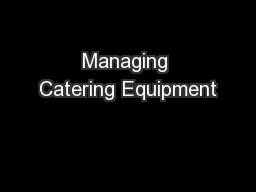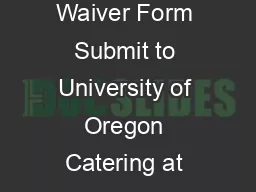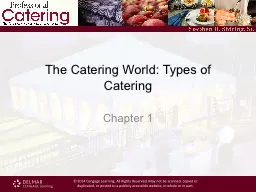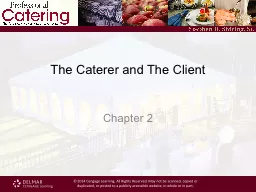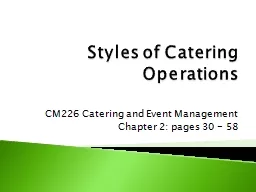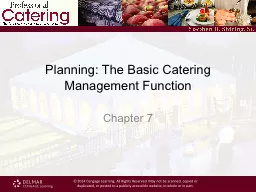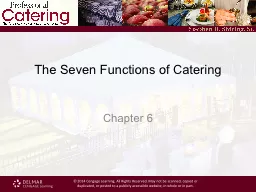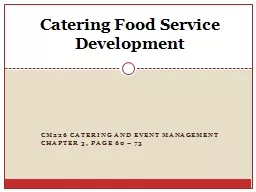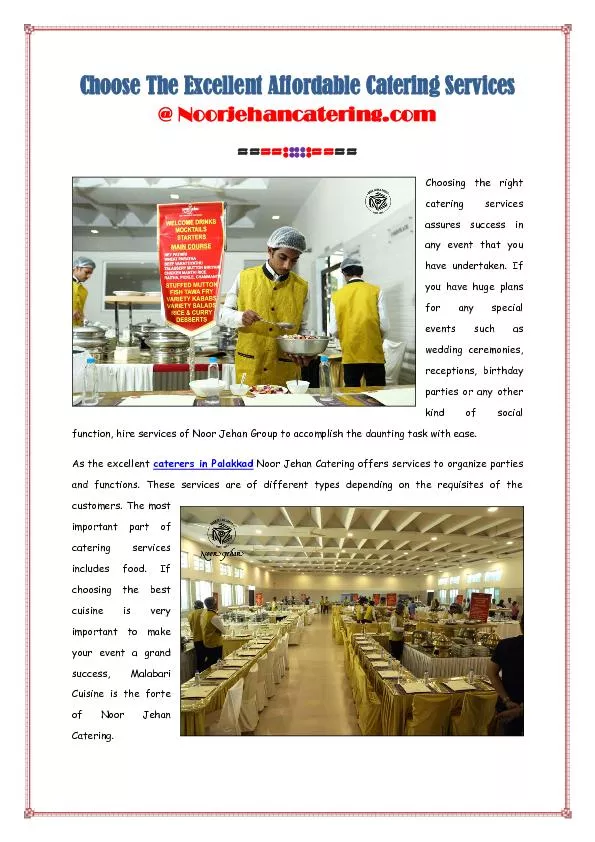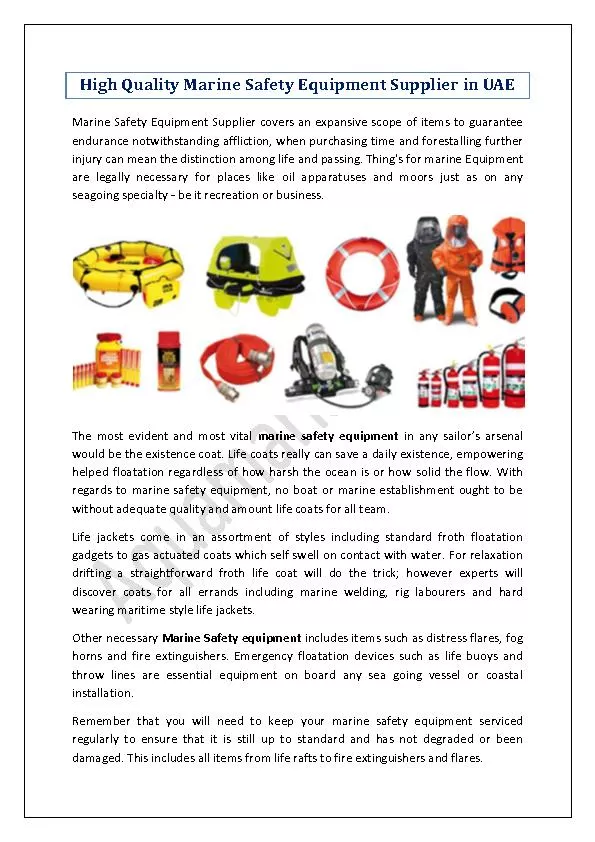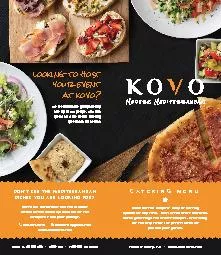PPT-Managing Catering Equipment
Author : sherrill-nordquist | Published Date : 2015-10-02
CM266 Catering and Event Management Chapter 11 pages 258 272 Discuss the organization of catering equipment and its role in the success of a catering operation
Presentation Embed Code
Download Presentation
Download Presentation The PPT/PDF document "Managing Catering Equipment" is the property of its rightful owner. Permission is granted to download and print the materials on this website for personal, non-commercial use only, and to display it on your personal computer provided you do not modify the materials and that you retain all copyright notices contained in the materials. By downloading content from our website, you accept the terms of this agreement.
Managing Catering Equipment: Transcript
Download Rules Of Document
"Managing Catering Equipment"The content belongs to its owner. You may download and print it for personal use, without modification, and keep all copyright notices. By downloading, you agree to these terms.
Related Documents

